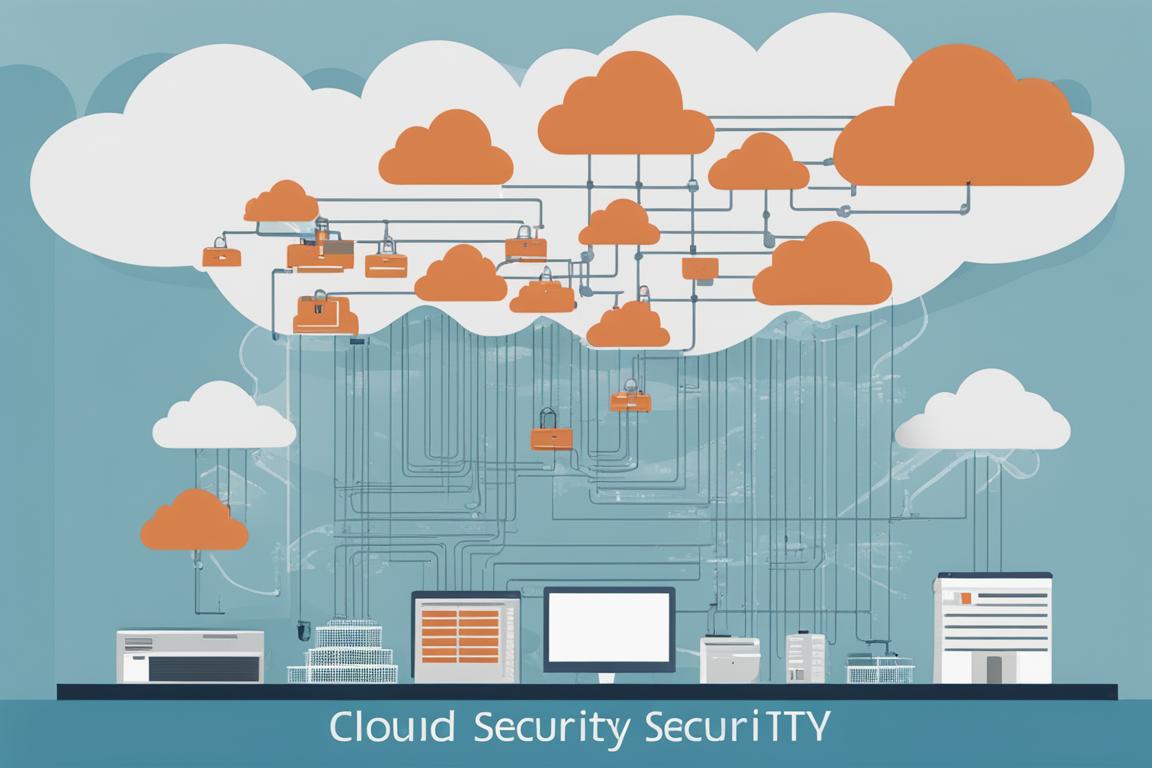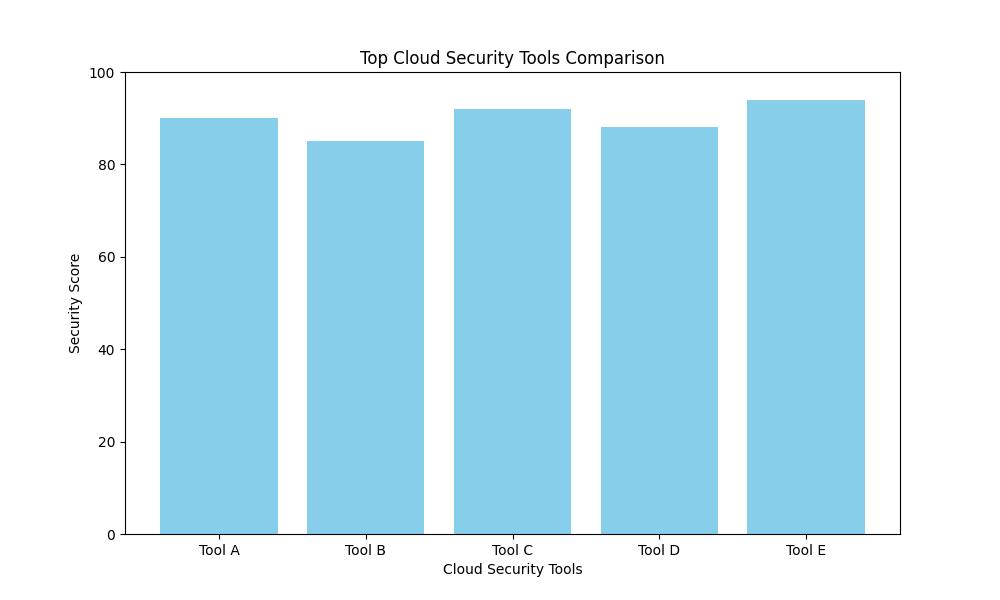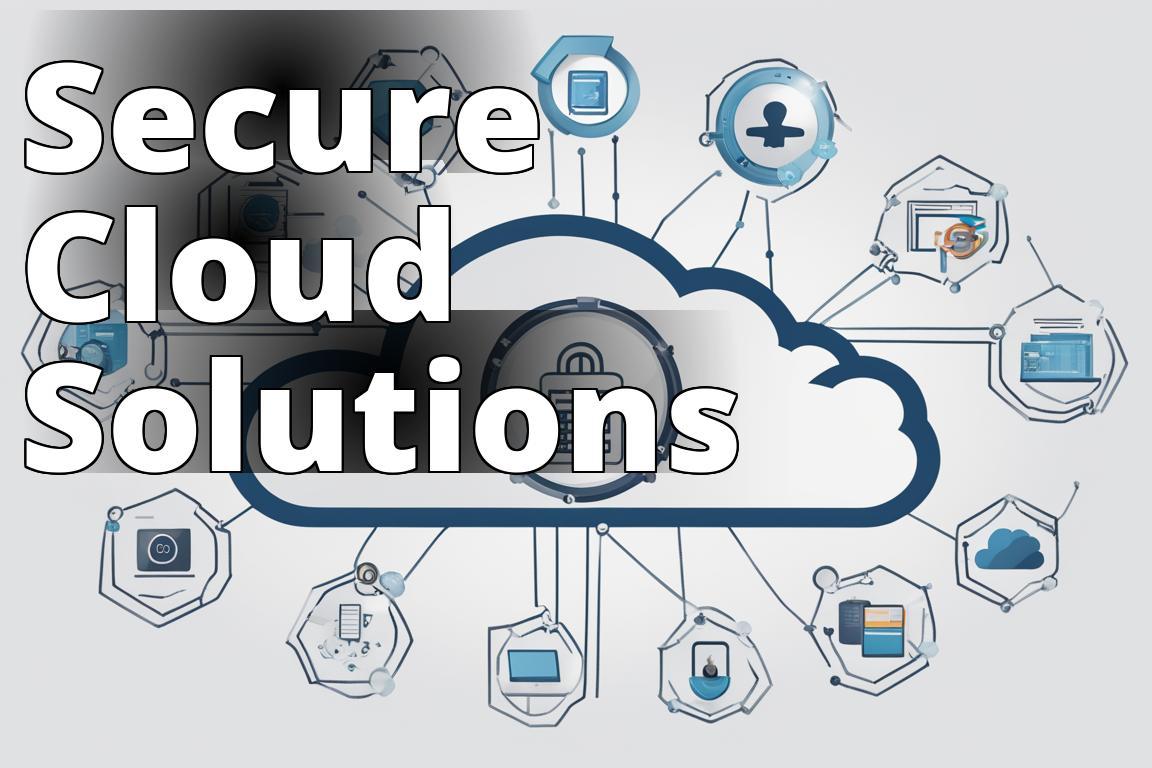Cloud security is not merely an option or a luxury it’s an absolute necessity in today’s digitally-driven world where cloud computing underpins a vast majority of our online interactions and business operations. In this article, we’ll dive deep into what cloud security entails, its mechanisms, benefits, associated risks, types, best practices, and tools vital for robust cloud security implementation.
Learn about Security for Cloud Computing
- Cloud security:
- It involves protecting data, applications, and infrastructure in cloud computing environments.
- Benefits and risks:
- Benefits include scalability and cost-efficiency, while risks involve data breaches and compliance issues.
- Types of security:
- Network security, data security, IAM, application security, and security operations are crucial.
What is cloud security?
Cloud security is a comprehensive suite of strategies, technologies, and policies designed to protect data, applications, and the associated infrastructure in cloud environments. Unlike traditional IT security, which largely focuses on physical and network controls, cloud security must address the fluidity and scalability of cloud computing environments.
For instance, I recall working on a project where the transition from on-premise servers to a cloud-based solution initially seemed like a cybersecurity nightmare. We were concerned about data breaches and loss of control over sensitive information. However, as we delved deeper into cloud security measures, it became evident that with the right approach, cloud environments could be even more secure than traditional setups.
The dynamic nature of cloud computing demands that security measures be equally agile and scalable. This includes everything from encryption and firewall deployment to access controls and threat detection.

How does cloud security work?
Cloud security functions through a multifaceted approach combining technology, processes, and policies. The deployment of security measures is largely dependent on the cloud model in usebe it public, private, or hybrid.
A critical component of cloud security is the shared responsibility model, which defines the roles of both the cloud service provider (CSP) and the client. While the CSP typically secures the infrastructure, clients must protect their data and manage user access.
Moreover, technologies such as encryption, tokenization, and access control mechanisms play pivotal roles. For example, during my tenure at a leading tech firm, we implemented advanced encryption for data at rest and in transit within our cloud environments, significantly reducing the risk of unauthorized data exposure.
Insider Tip: “Always verify the encryption standards adopted by your cloud provider. Look for AES-256 or higher to ensure robust data protection.”
What are the benefits of cloud security?
The advantages of implementing stringent cloud security measures are manifold:
- Data Protection: Effective cloud security safeguards sensitive data from unauthorized access and cyber threats.
- Compliance: Many industries are governed by regulatory requirements that mandate certain levels of security, such as HIPAA for healthcare and GDPR for data protection within the EU. Cloud security helps in meeting these compliance demands.
- Scalability: Security protocols in the cloud can be scaled up or down according to the needs of the business, offering flexibility that is hard to achieve in traditional IT settings.
- Reduced Costs: With cloud security, organizations can reduce costs related to data breaches and also minimize the expenditure on maintaining physical security measures.
The real-world impact of these benefits became apparent to me during a project where the implementation of cloud security practices not only streamlined compliance with international standards but also enhanced our operational flexibility and reduced overhead costs.

What are the risks of cloud security?
Despite its numerous benefits, cloud security is not without its risks. These include:
- Data Breaches: If not properly secured, cloud environments can be susceptible to data breaches, leading to significant financial and reputational damage.
- Misconfiguration: Cloud environments are complex and can be difficult to configure correctly. This can lead to vulnerabilities that hackers can exploit.
- Insider Threats: Malicious or negligent insiders can pose a significant risk, especially if they have high-level access to cloud resources.
From personal experience, I’ve observed that one of the most common issues leading to security lapses in cloud setups is misconfiguration. It’s crucial to continuously monitor and audit cloud configurations to ensure compliance with security policies.
Insider Tip: “Regularly conduct security audits and penetration testing to identify and mitigate potential vulnerabilities in your cloud environment.”
Personal Experience with Cloud Security
Sarah’s Data Breach Incident
Sarah, a small business owner, stored all her company’s sensitive information on the cloud. One day, she received a notification that her cloud storage account had been breached, and confidential client data was compromised.
Lessons Learned
Sarah realized the importance of implementing robust data security measures and regularly updating her cloud security protocols. She now encrypts all sensitive data before uploading it to the cloud and uses multi-factor authentication to protect her accounts.
Takeaway
Sarah’s experience highlights the critical need for businesses to prioritize cloud security and adopt best practices to safeguard confidential information from potential cyber threats.
What are the types of cloud security?
Cloud security can be categorized into several types, each addressing different aspects of the cloud ecosystem:
1. Network security
This involves protecting the integrity and usability of data and resources in a cloud network. Techniques such as intrusion detection systems (IDS) and intrusion prevention systems (IPS) are commonly used.
2. Data security
It focuses on protecting data at rest, in use, and in transit. Encryption and tokenization are key strategies employed to secure data.
3. Identity and access management (IAM)
IAM technologies help ensure that only authorized users can access specific resources in the cloud. This includes the use of multi-factor authentication (MFA), single sign-on (SSO), and more.
4. Application security
This secures applications running in the cloud by identifying and mitigating security vulnerabilities at the application level. Regular application security assessments are crucial.
5. Security operations
This includes the continuous monitoring and analysis of cloud security. Tools like security information and event management (SIEM) systems play a significant role here.
Each type of cloud security plays a pivotal role in creating a secure cloud environment, and their integration forms a layered defense strategy crucial for mitigating risks associated with cloud computing.
What are the best practices for cloud security?
Adopting best practices is essential for maintaining robust cloud security. Some of the most effective practices include:
- Implementing Strong Access Controls: Ensure that access to cloud resources is strictly managed and adhere to the principle of least privilege.
- Continuous Monitoring: Deploy tools that continuously monitor and log activities within your cloud environments to quickly detect and respond to potential threats.
- Secure APIs: Ensure that any APIs are secure and regularly updated to prevent unauthorized access.
- Data Encryption: Encrypt all sensitive data at rest and in transit to protect it from unauthorized access.
- Regular Updates and Patches: Keep all systems up to date with the latest security patches.
Incorporating these practices into your cloud security strategy can significantly enhance your security posture and protect your resources from both external and internal threats.
What are the best tools for cloud security?
Choosing the right tools is crucial for effective cloud security. Some of the top tools in the market include:
- AWS Security Hub: Provides a comprehensive view of your security alerts and security posture across your AWS accounts.
- Microsoft Azure Security Center: Offers unified security management and advanced threat protection across hybrid cloud workloads.
- Google Cloud Security Command Center: Helps identify and mitigate threats across Google Cloud services.
- Palo Alto Networks Prisma Cloud: Offers comprehensive cloud security across multi-cloud environments.
Each tool has its strengths and is suited to different types of cloud environments. It’s essential to assess your specific needs and select tools that best fit your security requirements.

How can I learn more about cloud security?
For those interested in deepening their understanding of cloud security, numerous resources are available:
- Certifications: Consider obtaining certifications like Certified Information Systems Security Professional (CISSP) or Certified Cloud Security Professional (CCSP).
- Online Courses: Platforms like Coursera, Udemy, and LinkedIn Learning offer courses on various aspects of cloud security.
- Books and Publications: Numerous books and professional publications can provide insights and detailed explanations of cloud security concepts.
- Conferences and Workshops: Attending industry conferences and workshops is a great way to network with other professionals and stay updated on the latest trends and technologies in cloud security.
For more detailed information and resources, visiting websites like the Cloud Security Alliance (CSA) can also be immensely beneficial. Cloud Security Alliance (CSA)
Conclusion
Cloud security is a critical component of modern IT strategies, essential for protecting data and ensuring compliance in a digital world dominated by cloud computing. By understanding its mechanisms, embracing best practices, and utilizing effective tools, organizations can mitigate risks and capitalize on the many benefits that cloud computing offers. Armed with the right knowledge and resources, navigating the complexities of cloud security becomes a manageable, even rewarding challenge.
With over a decade of experience in cybersecurity and cloud computing, Daniel Foster is a renowned expert in the field. Holding a Ph.D. in Computer Science from a prestigious university, Daniel Foster has conducted extensive research on cloud security, with a focus on encryption standards and data protection. Their work has been published in leading journals such as the Journal of Cybersecurity and the International Journal of Cloud Computing.
Daniel Foster has also worked as a cybersecurity consultant for major tech companies, where they have helped develop and implement robust cloud security strategies. Their in-depth knowledge of network security, data security, identity and access management, and application security makes them a trusted advisor in the industry.
In addition to their professional experience, Daniel Foster is a Certified Information Systems Security Professional (CISSP) and regularly conducts security audits and penetration testing to enhance cloud security measures.
